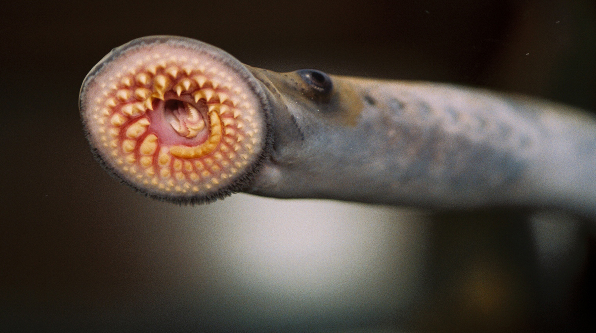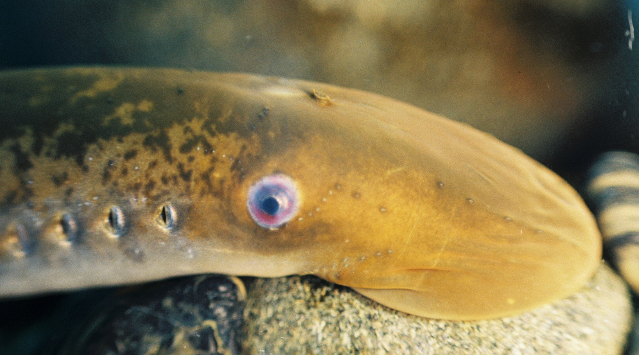MARQUETTE, Mich. (WZMQ) – Invasive species can be a big threat to wildlife in all bodies of water, and since the pandemic, biologists say Sea Lamprey has increased in population.
“They are incredibly ugly and even menacing creatures so you’re hearing a lot about them because they are horrible and they are the things of nightmares as far as their general appearance,” said Legislator and Policy Director Greg McClinchey.
Sea Lamprey is a species over 350 million years old and according to the Great Lakes Fishery Commission, they’re one of roughly 186 invasive species in the Great Lakes. “These are creatures that were by and large here at the time of dinosaurs and even before that,” continued McClinchey.
There has been an increase in their population because the pandemic slowed wildlife control programs and since they arrived in the Great Lakes, the species has been thriving. “They’ve been growing and they’ve been eating their way into our consciousness,” continued McClinchey.
Sea Lamprey have around 150 inward-facing teeth and generate suction by drawing water over the gills. “If my hand was a fish, they would attach to the fish like this and their tongue would basically poke a hole in the side of a fish and they would simply draw out the juices and drink their prey, now that all sounds horrible, and in the great lakes environment, it means that for the most part once they lock onto a fish they will kill that fish,” explained McClinchey.
A single Sea Lamprey can eat roughly 40 pounds of fish through its adult life and every female can lay up to 100,000 eggs. “Times 40 pounds of fish from one Sea lamprey equals really bad really fast,” urged McClinchey.
Some species of Lamprey do live in lakes, but officials say they’re quick to cause harmful effects to the ecosystems. If you happen to find a sea lamprey, don’t put it back in the water. This species can travel to different bodies of water, attaching itself to boats, or other prey and the commission says to wash your boat and not dump your bate buckets.
For more information regarding Sea Lamprey and other invasive species, click here.



















